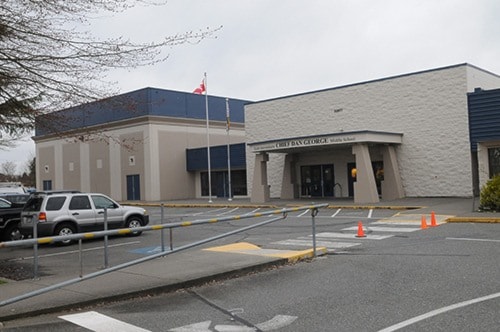Dozens of refugee students are now enrolled in regular classes, as the Abbotsford School District continues to integrate those who arrived last spring.
When Abbotsford's population suddenly swelled by 166 last February with the arrival of Syrian refugee families, the majority – 94 kids in total – were school-age children.
The school district didn't have the space or budget readily available to accommodate them, but jumped into action with a plan to integrate the new students and make them feel at home.
Kanta Naik, the director of the district's resettlement program, was tasked with finding a way to integrate the girls and boys.
The new students were jet-lagged, culture-shocked and dealing with the trauma of fleeing a war-torn country.
Naik's first priority was to give the kids some semblance of normalcy.
They learned some basics about the school routines and rules in a three-day orientation and then began studying in "sheltered immersion" classes in five local schools.
Naik and her colleagues didn't know if the extra funding was going to come through for the new program, but they went ahead with it nonetheless.
"The senior management was really very supportive and said: 'We need to do what's right for these students, even if it costs us money that we generally didn't have budgeted.'"
The classes provided a balance to the students by giving them the separate intensive English-language instruction they needed, while also allowing them to mingle with other students during lunch and recess breaks.
The Syrian children spent the remainder of the school year in June in the immersion classes.
The district also initiated special training for teachers, administrators and counselors to help them understand the complex issues at hand in families with traumatic experiences.
The district even partnered with Abbotsford Community Services to help the families find housing and furniture as they moved from a local hotel to homes in the community.
This September, when classes started, the Syrian kids were rolled into regular classes in the schools throughout the district, with new opportunities to make friends and integrate further.
The district is now considering hiring an Arabic-English interpreter to improve its communication with families.
But the relationship between Abbotsford's two dozen new families and the community at large goes both ways, said Naik.
"We need to celebrate what they are bringing to us," she said. "They bring a rich culture and language; They bring incredible resiliency; They are very hospitable and are always offering you [things], inviting you [places]."
